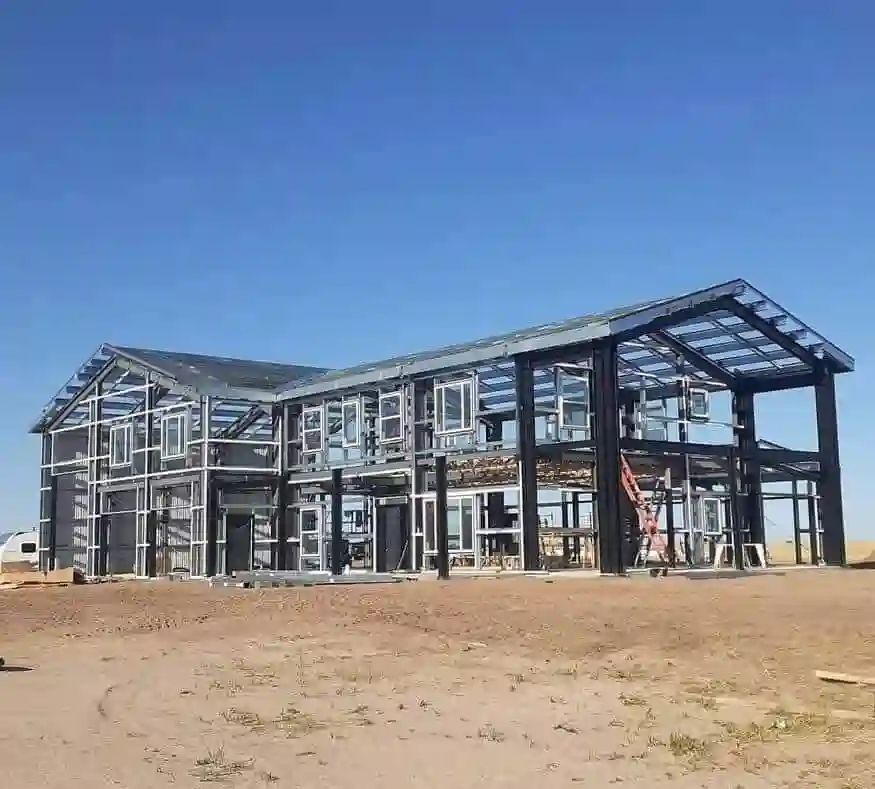What Are Some Negatives About Barndominiums?

Barndominiums have become a popular housing choice, blending the rustic charm of a barn with the modern amenities of a home. They offer a range of benefits, from cost-effectiveness to durability, especially when constructed with steel frames. However, like any housing option, barndominiums are not without their drawbacks. Understanding these potential negatives can help you make a more informed decision if you’re considering building or living in a barndominium. In this article, we’ll explore some of the challenges and limitations associated with steel frame barndominiums, particularly for those planning to live in them year-round.





